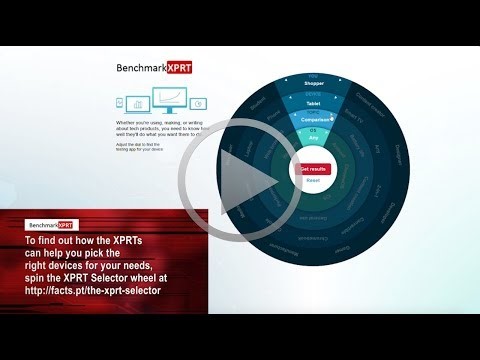In the next few days, we’ll be publishing the first AIXPRT tool as a Request for Comments (RFC) preview build, an early version of one of the AIXPRT tools we’re developing to help evaluate machine learning performance.
We’re inviting folks to run the workload and send in their thoughts and suggestions. Only BenchmarkXPRT Development Community members have access to our RFCs and the opportunity to provide feedback. However, because we’re seeking broad input from experts in this field, we’ll gladly make anyone interested in participating a member.
This AIXPRT RFC preview build includes support for the Intel OpenVINO computer vision toolkit to run image classification workloads with ResNet-50 and SSD-MobileNet v1 networks. The test reports FP32 and FP16 levels of precision. The system requirements are:
- Operating system = Ubuntu 16.04
- CPU = 6th to 8th generation Intel Core or Xeon processors, or Intel Pentium processors N4200/5, N3350/5, N3450/5 with Intel HD Graphics
We welcome input on all aspects of the benchmark, including scope, workloads, metrics and scores, user experience, and reporting. We will add support for TensorFlow and TensorRT to the AIXPRT RFC preview build during the preview period. We are accepting feedback through January 25th, 2019, after which we’ll collect and evaluate responses before publishing the next build. Because this is an RFC release, we ask that testers do not publish scores or use the results for comparison purposes.
We’ll send out a community announcement when the RFC preview build is officially available, and we’ll also post an announcement and RFC preview build user guide on AIXPRT.com. We’re hosting the AIXPRT RFC preview build in a dedicated GitHub repository, so please contact us at BenchmarkXPRTsupport@principledtechnologies.com to gain access.
This is just the next step for AIXPRT. With your help, we hope to add more workloads and other frameworks in the coming months. We look forward to receiving your feedback!
Bill















